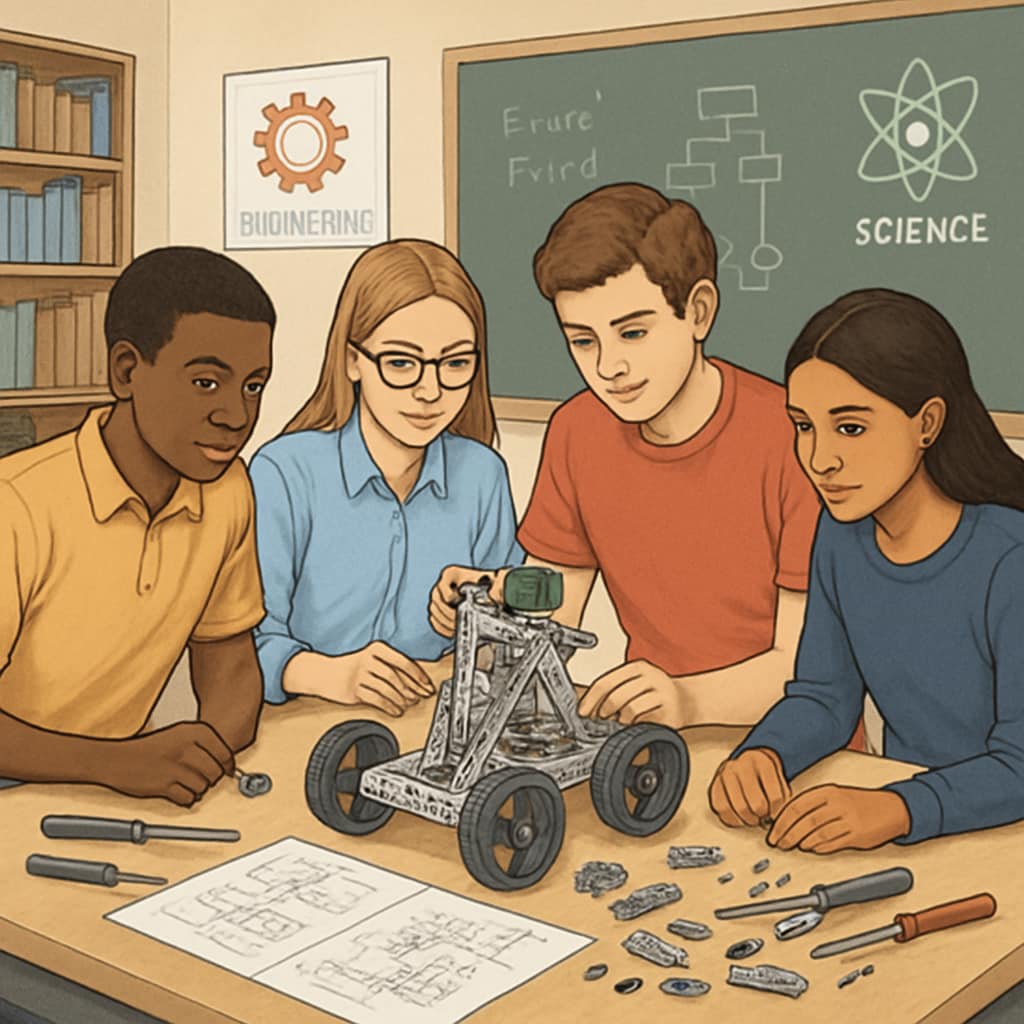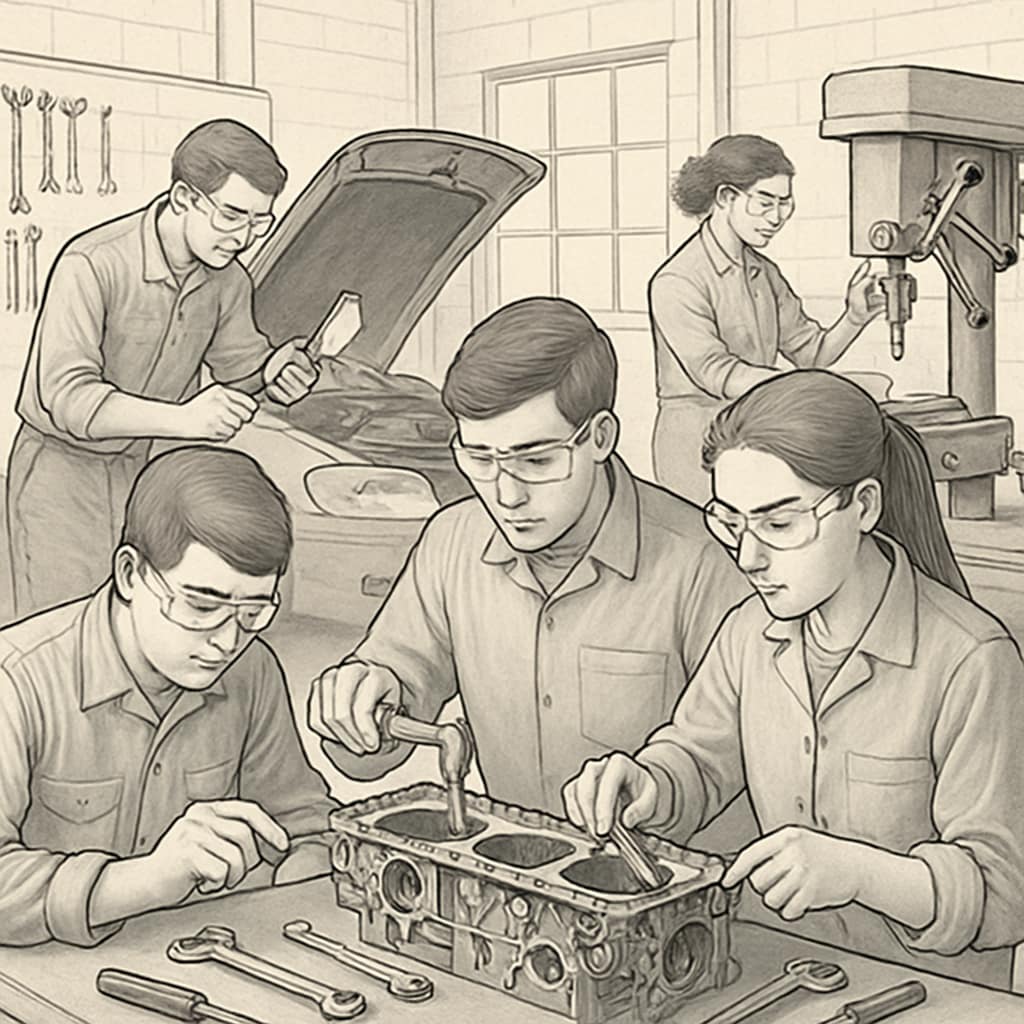Career and Technical Education (CTE), school districts, and traditional subjects are becoming increasingly interconnected in the evolving landscape of K12 education. CTE programs, which emphasize hands-on skills and real-world applications, are influencing how traditional subjects like mathematics, science, and language arts are taught. This fusion aims to enhance student engagement, improve learning outcomes, and better prepare students for the workforce or higher education. In this article, we explore the integration strategies, the positive impact on students, and the organizational structures adopted by school districts to implement these programs.
Integrating Career and Technical Education with Traditional Subjects
One of the most significant shifts in modern education is the integration of CTE with traditional academic subjects. For instance, mathematics can be taught through the lens of engineering, while science lessons may incorporate principles of environmental sustainability or robotics. This cross-disciplinary approach not only makes learning more relevant but also helps students see the practical applications of theoretical concepts.
CTE programs often use project-based learning (PBL) as a core teaching method. In PBL, students work on real-world projects that require them to apply knowledge from various disciplines. For example, a project to design a sustainable building might involve geometry (for structural calculations), physics (to understand material properties), and writing skills (to present the project proposal). This approach fosters critical thinking and collaboration while aligning with traditional academic standards.

The Impact of Career and Technical Education on Student Outcomes
The integration of CTE into traditional education has shown promising results in multiple areas. According to research, students enrolled in CTE programs often demonstrate higher levels of engagement and motivation. They are more likely to see the relevance of their studies, which can lead to improved academic performance and reduced dropout rates.
Moreover, CTE equips students with skills that are highly valued in the modern workforce, such as problem-solving, teamwork, and adaptability. These programs often include partnerships with local businesses, offering students internships or apprenticeships. Such opportunities provide hands-on experience, making the transition to higher education or employment smoother and more successful.
For educators, CTE offers a framework to modernize teaching practices. It encourages collaboration between academic teachers and CTE instructors, fostering a culture of innovation within schools. As a result, students benefit from a more cohesive and dynamic learning environment.

Organizational Models for CTE Implementation in School Districts
Implementing CTE programs across school districts requires careful planning and a flexible organizational structure. Districts adopt various models based on their resources, student demographics, and community needs. Here are some common approaches:
- Standalone CTE Schools: These specialized institutions focus solely on career and technical education, offering advanced training and certifications in fields like healthcare, IT, and manufacturing.
- Integrated Programs: Many districts incorporate CTE courses within traditional high schools. Students can take electives in areas such as culinary arts, graphic design, or engineering alongside core academic subjects.
- Regional Partnerships: Some districts collaborate with neighboring areas or community colleges to provide CTE opportunities. These partnerships expand access to resources, facilities, and expertise.
In all models, stakeholder involvement is crucial. Successful CTE programs require input from educators, industry leaders, and parents to ensure they meet both educational standards and workforce demands.
Districts must also address challenges such as funding, teacher training, and aligning CTE curricula with state and national standards. Despite these hurdles, the benefits of CTE make it a worthwhile investment in the future of education.
Conclusion: The Future of CTE and Traditional Learning
Career and Technical Education, school districts, and traditional academic subjects are no longer separate entities. Their integration marks a shift toward a more holistic and practical approach to education. By combining theoretical knowledge with real-world applications, CTE not only enhances learning outcomes but also prepares students for the challenges of the 21st century. As school districts continue to innovate, the fusion of CTE and traditional learning will play a pivotal role in shaping the future of K12 education.
For educators and policymakers, the key lies in fostering collaboration, securing resources, and maintaining a student-centered approach. As a result, the next generation of learners will be better equipped to succeed in both academia and the workforce.
Readability guidance: Use concise sentences and clear transitions. Incorporate lists to summarize key points effectively. Balance technical terms with accessible language to ensure broad readability.


